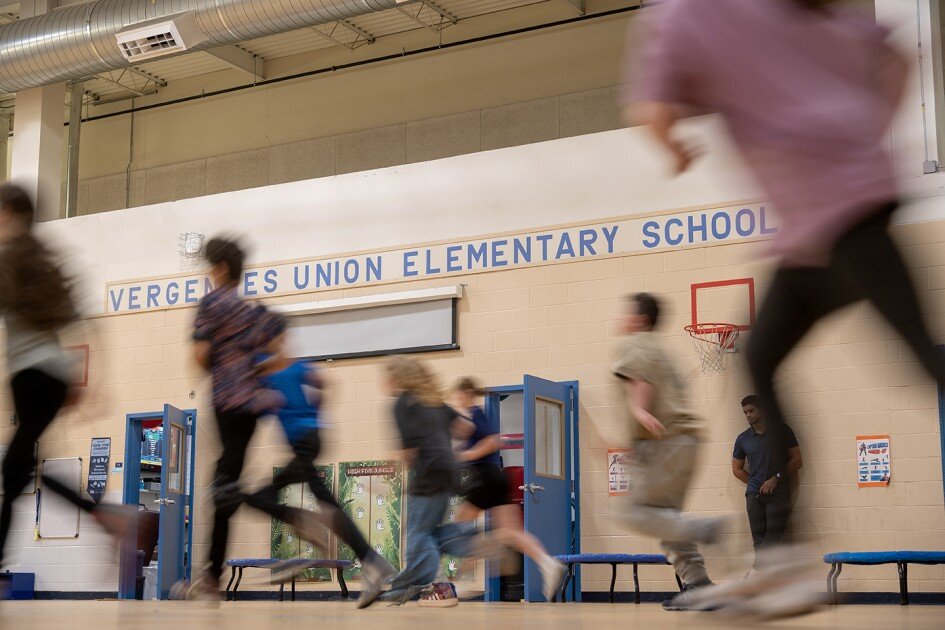The benefits of physical activity in schools extend beyond academic performance and cognitive skills. Regular exercise also helps promote social and emotional development, improves physical health, and builds self-confidence in students. In addition, participating in sports and physical activities can teach valuable life skills such as teamwork, leadership, and perseverance.
Unfortunately, many schools face challenges in providing adequate opportunities for students to be physically active. Budget constraints, limited space for recreational facilities, and competing academic demands often hinder efforts to incorporate more movement into the school day. Additionally, some educators may not prioritize physical activity or lack the training and resources to effectively integrate it into their curriculum.
Despite these obstacles, there are numerous opportunities for schools to promote physical activity and create a culture of wellness. Implementing daily recess breaks, incorporating movement breaks into classroom instruction, offering a variety of extracurricular sports and fitness programs, and partnering with community organizations can all help increase students’ access to physical activity.
As educators and policymakers recognize the importance of physical activity in schools, there is a growing emphasis on creating environments that support students’ overall health and well-being. By prioritizing movement and providing opportunities for students to be active throughout the school day, educators can help cultivate healthy habits that will benefit students long after they graduate. State policy plays a crucial role in determining whether schools help students meet the recommended 60 minutes of daily physical activity through various avenues such as physical education requirements, recess mandates, classroom activity integration, before- and after-school programs, and joint-use agreements with the community. These policies are essential in promoting the health and well-being of students, as physical inactivity is linked with an increased risk for obesity, diabetes, heart disease, and other chronic health conditions.
One significant aspect of state policy is the implementation of physical education requirements in schools. These requirements ensure that students receive structured physical activity instruction as part of their curriculum. By mandating a certain number of hours of physical education each week, states can help students develop essential physical skills, improve their fitness levels, and instill lifelong habits of regular exercise.
Recess mandates are another important component of state policy that can impact students’ physical activity levels. Requiring schools to provide regular recess periods allows students to engage in unstructured play and physical activity, which is crucial for their overall health and well-being. Research has shown that recess can improve students’ concentration, behavior, and academic performance, making it a vital part of the school day.
In addition to formal physical education and recess, state policies can also encourage the integration of physical activity into classroom instruction. By incorporating movement breaks, active learning strategies, and physical activity challenges into the school day, teachers can help students stay active and engaged while learning. These initiatives not only promote physical health but also support academic achievement and social-emotional development.
Before- and after-school programs are another avenue through which state policy can support students’ physical activity. By funding and promoting extracurricular sports, fitness clubs, and other active opportunities outside of regular school hours, states can ensure that students have access to additional ways to stay active and healthy. These programs can also provide valuable opportunities for socialization, skill development, and personal growth.
Lastly, joint-use agreements with the community can be a powerful tool for increasing access to physical activity resources for students. By partnering with local parks, recreation centers, and other community organizations, schools can expand their facilities and programming to provide more opportunities for students to be physically active. These partnerships can benefit not only students but also the broader community by promoting health and wellness for all residents.
Overall, state policy plays a critical role in shaping the physical activity opportunities available to students in schools. By implementing policies that prioritize physical education, recess, classroom activity integration, before- and after-school programs, and community partnerships, states can help ensure that all students have the chance to meet the recommended daily amount of physical activity and lead healthy, active lives.


